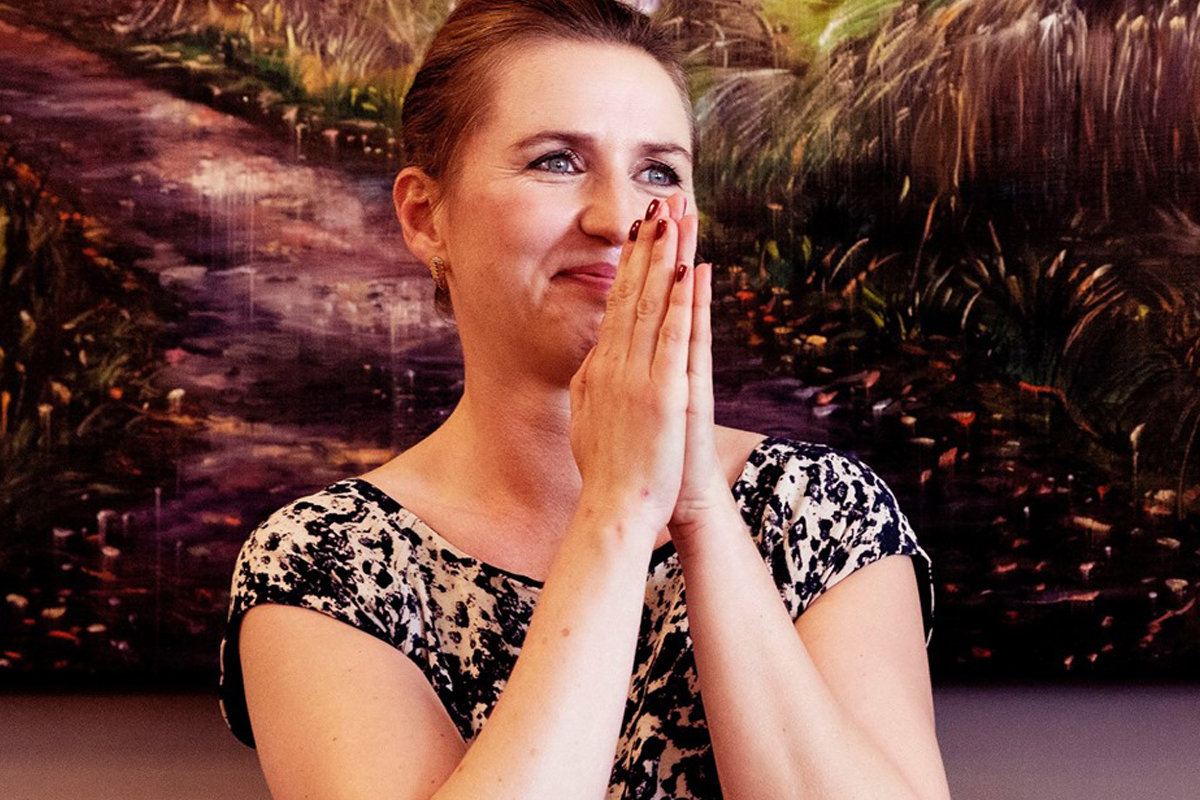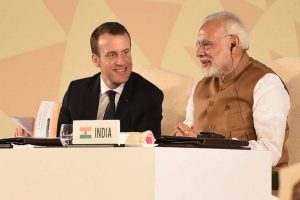Denmark thinks differently. In the midst of the sweeping surge of nationalism in different parts of the world, Denmark is poised to boast a centre-left government bordering Germany, a country that bears witness to the resurgence of the Right. Consequent to the recent elections, the Social Democrat leader, Mette Frederiksen will, at the age of 41, be the youngest Prime Minister that Denmark has had. Following three weeks of negotiations, she has concluded an agreement with three leftist parties to form the one-party minority government ~ a fairly common arrangement in Denmark. Reports suggest she had to give ground on several of her party’s controversial hardline immigration measures to reach the agreement with her leftwing partners and form the third centre-left government in the Nordic region this year.
However, negotiations aimed at securing the parliamentary backing of the three other parties in the traditional leftist “red bloc” ~ the Social Liberals (Radikale Venstre), Socialist People’s Party and Red Green Alliance ~ took 20 days, the longest negotiation period since 1988. Though it is too early to speculate on her praxis of governance, she has let it be known that her government will increase public spending and cut greenhouse gas emissions by 70 per cent before 2030.
Advertisement
Indeed, the twin issues of global warming and environmental pollution have been the major determinants of the Leftist performance. A steppedup bout of social security and welfare can now reasonably be expected. “It is with great pleasure I can announce we have a majority to form a new government,” said Ms Frederiksen.
“Now we have reached the goal … we have shown that when Danes vote as they have done, a new majority can turn their hopes into actions.” The opposition Social Democrats, despite a slight fall in support to 25.9 per cent, won Denmark’s general election on 5 June, putting the party in a position to succeed the minority centre-right government of Lars Løkke Rasmussen.
However, on immigration ~ Europe’s major issue of contestation after Brexit ~ Ms Frederiksen, unlike her next-door neighbour, Angela Merkel, spoke in favour of hardline policies, almost echoing the far-right nationalist Danish People’s Party (DPP). Arguing that tough measures were needed to protect Denmark’s acclaimed welfare system, the new Prime Minister has backed many of the Rasmussen government’s stern immigration measures. These included a ban on wearing the burqa and niqab in public and a widely criticised “jewellery bill” that in principle allows police to seize refugees’ valuables to help pay costs. Ms Frederiksen has made it obvious that her government will strike a deft balance between the social welfare of the Danes and the implications of the migrants’ influx, particularly of the “non-western” variety.
In the social sector, she has signalled her intent to reverse years of spending cuts in education and healthcare. Environmental groups have welcomed the commitment to a 70 per cent cut in emissions by 2030. A small country has conveyed a message to the likes of Donald Trump and other worthies before the next climate change conference.









